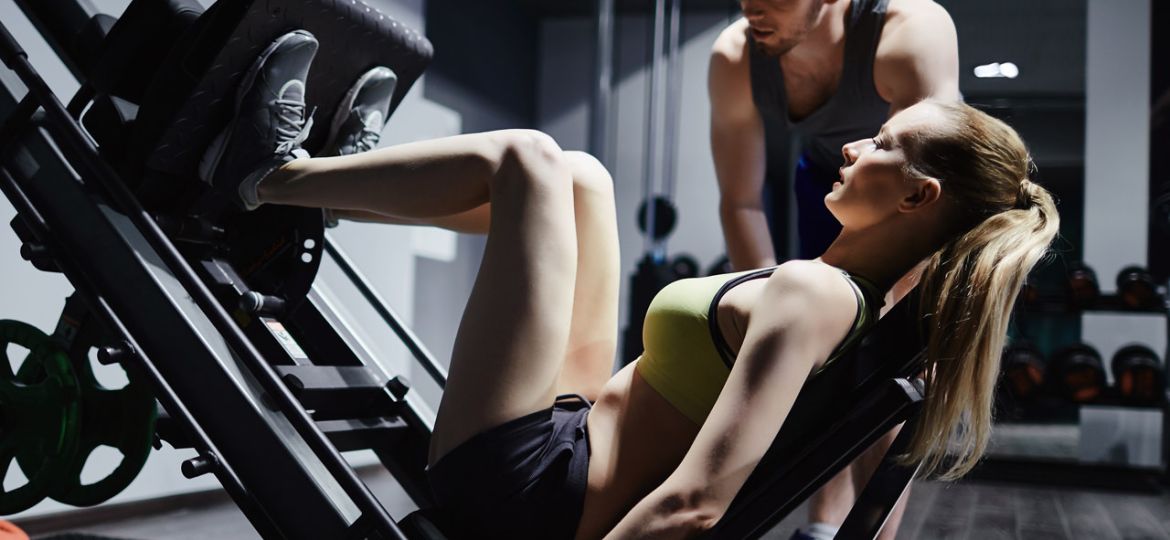
Muscles not only work together in force-coupling relationships around the joints, but they also work together throughout the body, forming a network of integrated systems that work to both stabilize and create movement in all three planes of motion. There are two overarching categories of these systems, known as the local and global muscular systems.
Local muscle system
Local muscles generally attach on or near the vertebrae and serve the primary purpose of stabilizing the trunk of the body. The local musculature consists of the inner unit of the core and includes the rotators, multifidus, transversus abdominis, diaphragm, pelvic floor and quadratus lumborum. Many of these muscles can be actively contracted and can also be activated automatically in anticipation of limb or trunk movements, a neurological process known as feed-forward activation (Masse-Alarie et al., 2012; Okubo et al., 2010) . The local musculature is thought to provide a segmental stabilization effect on the spine (Okubo et al., 2010). Because of this, some often refer to it simply as the core stabilization system.
However, the so-called joint support systems have pointed out that there are stabilizing force couples that work together systematically in other regions of the body. For example, the rotator cuff of the shoulder is a group of muscles that function similarly to provide stabilization support for the glenohumeral (shoulder) joint (Day et al., 2012).
Global muscle system
The global musculature consists of larger muscles that initiate movements and tend to function across one or more joints (Okubo et al., 2010). These muscles are generally larger and act as prime movers during many functional tasks, such as pushing, pulling, squatting and walking. Because of this, the global muscular system is often referred to as the locomotor system. Examples of global muscles include the rectus abdominis, erector spinae, and latissimus dorsi.
The main interconnected function of the global muscular system is to transmit forces through the LPHC to create the most efficient movement possible while providing additional support to protect the trunk and spine as the body moves. To better illustrate how muscles of the locomotor system work together synchronously, the global muscles can be divided into subsystems, including the deep longitudinal, posterior oblique, anterior oblique, and lateral subsystems. These muscle subsystems emphasize the functional elements of regional interdependence, as well as the necessary extensions of force-pair relationships. Without these subsystems, normal movement would be impaired and the risk of injury and reduced performance would increase. Each of the subsystems is mirrored on the left and right sides of the body.

